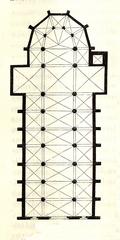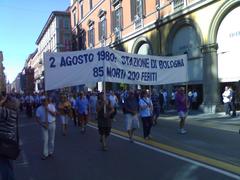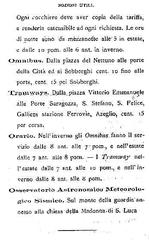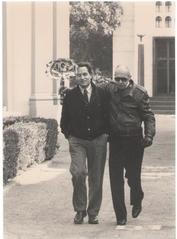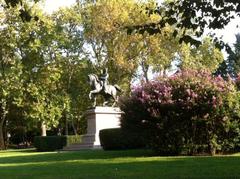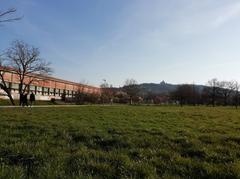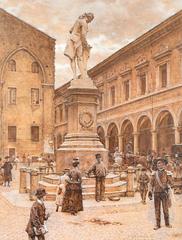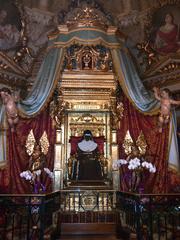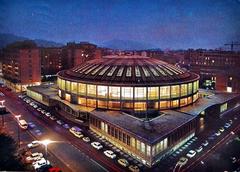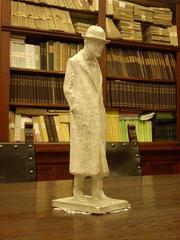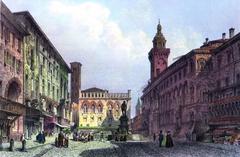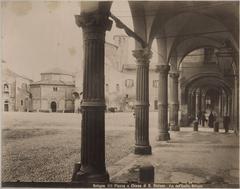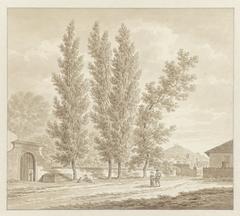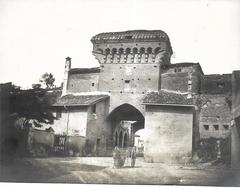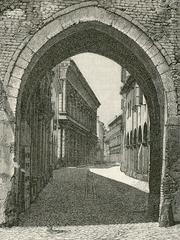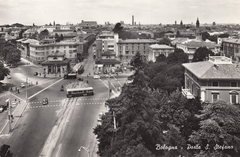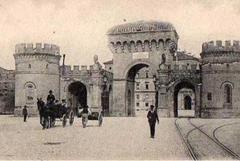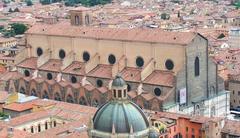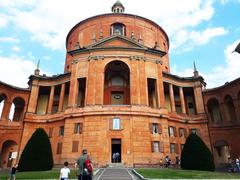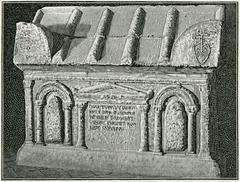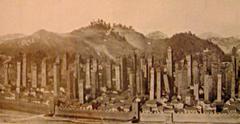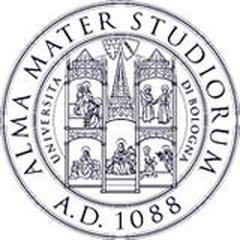Visiting Guide to Tombe dei Glossatori in Bologna, Italy
Date: 24/07/2024
Introduction
Nestled in the heart of Bologna, Italy, the Tombe dei Glossatori, or Tombs of the Glossators, offer a profound glimpse into the city’s medieval past and its pivotal role in the development of legal education. These monumental tombs, dating back to the 13th century, are dedicated to some of the earliest and most influential professors of the University of Bologna, the oldest university in the Western world. The glossators, as these scholars were known, were renowned for their meticulous work in annotating and commenting on Roman law texts, which laid the foundation for modern European legal systems (Wikipedia). The cultural and academic significance of these tombs is further accentuated by their unique architectural style, blending Romanesque and Gothic elements, and by their prominent placement in Bologna’s urban landscape, reflecting the high esteem in which these scholars were held (Storia e Memoria di Bologna). Today, the Tombe dei Glossatori remain a testament to Bologna’s rich academic heritage, attracting visitors from around the world who seek to explore the city’s historical and cultural landmarks.
Table of Contents
- Historical Background
- Architectural Features
- Key Tombs and Their Inhabitants
- Restoration Efforts
- Visitor Information
- Cultural and Educational Impact
- Visitor Experience
- FAQ
Historical Background
Origins and Development
The Tombe dei Glossatori, or the Tombs of the Glossators, are a series of monumental tombs in Bologna, Italy, dedicated to some of the earliest and most influential professors of the University of Bologna. These scholars, known as glossators, were renowned for their work in annotating and commenting on Roman law texts, adding explanatory notes called “glosses” to clarify complex legal passages. The University of Bologna, established in 1088, is considered the oldest university in the Western world and was particularly famous for its law school during the Middle Ages (Wikipedia).
Significance of the Glossators
The glossators played a crucial role in the development of legal education and the dissemination of Roman law throughout Europe. Their work laid the foundation for the legal systems of many modern European countries. The glossators were not only scholars but also key figures in the political and cultural life of Bologna. Their decision to be buried in prominent urban locations reflects their significant status in society (Storia e Memoria di Bologna).
Architectural Features
The tombs are notable for their unique architectural style, which combines elements of Romanesque and Gothic design. Each tomb consists of a marble sarcophagus placed under a canopy supported by columns. The canopies are often adorned with intricate carvings and sculptures, reflecting the artistic styles of the 13th century. The tombs are free-standing structures, a design that was relatively rare in Italy at the time (Wikipedia).
Key Tombs and Their Inhabitants
Tomba di Accursio
One of the most significant tombs is that of Accursio, a prominent glossator who lived in the 13th century. Accursio’s tomb is located in Piazza Malpighi and was originally constructed for his son, also named Accursio. The elder Accursio was initially buried in the cemetery of San Domenico, but his remains were later moved for political reasons. The tomb, erected in 1293, is the third oldest among the surviving glossator tombs (Wikipedia).
Tomba di Rolandino de’ Romanzi
The tomb of Rolandino de’ Romanzi, another influential glossator, dates back to 1285. Rolandino’s tomb was originally located behind the portico of the Seliciata and was notable for its height, which allowed it to stand out even when partially hidden by a wall. Despite its age and the damage it has sustained over the centuries, Rolandino’s tomb remains a significant historical monument (Wikipedia).
Restoration Efforts
The tombs have undergone several restoration efforts over the years to preserve their historical and architectural integrity. In the late 19th century, Queen Margherita of Italy and the Minister of Public Instruction spearheaded a major restoration project. This initiative was part of the celebrations for the 800th anniversary of the University of Bologna. The restoration work, completed in 1893, involved repairing damaged structures and reconstructing missing elements. The project was overseen by the Deputazione di Storia Patria, with notable contributions from Giovanni Gozzadini and Giosuè Carducci (Storia e Memoria di Bologna).
Visitor Information
Locations and Current State
Today, five of the original glossator tombs can still be seen in Bologna. They are located in two main areas - Piazza Malpighi, adjacent to Piazza San Francesco, and Piazza San Domenico. These tombs date back to the second half of the 13th century and have been subject to various modifications, destructions, and reconstructions over the centuries. Despite these changes, the tombs remain a testament to the city’s rich academic and cultural heritage (Wikipedia).
Ticket Prices and Visiting Hours
The Tombe dei Glossatori are accessible to the public, with no entrance fee required to view the tombs from the outside. However, for guided tours, tickets may be required. It’s advisable to check the official tourism website of Bologna for updated information on ticket prices and visiting hours, as they may vary depending on the season and special events (Bologna Welcome).
Travel Tips
- Best Time to Visit: The best time to visit Bologna and the Tombe dei Glossatori is during the spring and fall when the weather is pleasant, and the city is less crowded with tourists.
- Guided Tours: To get the most out of your visit, consider joining a guided walking tour that covers the Tombe dei Glossatori and other historical sites in Bologna. These tours provide valuable insights into the history and significance of the monuments.
- Nearby Attractions: While visiting the tombs, you can also explore nearby attractions such as the Basilica di San Francesco, the Two Towers (Le Due Torri), and the University of Bologna.
Accessibility
The tombs are located in public squares, making them relatively accessible. However, the cobblestone streets and uneven surfaces may pose challenges for visitors with mobility issues. It’s recommended to wear comfortable shoes and be prepared for some walking.
Cultural and Educational Impact
The tombs of the glossators are not just historical monuments; they are also symbols of the enduring legacy of the University of Bologna and its contributions to the field of legal education. The glossators’ work in interpreting and teaching Roman law had a profound impact on the development of legal systems across Europe. Their tombs serve as a reminder of the city’s pivotal role in the history of higher education and legal scholarship (Sygic Travel).
Visitor Experience
For visitors, the Tombe dei Glossatori offer a unique glimpse into the medieval history of Bologna and the early days of its renowned university. The tombs are accessible to the public and can be explored as part of a guided walking tour of the city’s historical sites. These tours provide valuable context and insights into the lives and contributions of the glossators, enhancing the visitor experience (Sygic Travel).
FAQ
Q: What are the visiting hours for the Tombe dei Glossatori? A: The tombs are located in public squares and can be visited at any time. However, for guided tours, check the official tourism website of Bologna for updated visiting hours.
Q: How much do tickets to the Tombe dei Glossatori cost? A: Viewing the tombs from the outside is free. For guided tours, ticket prices may vary. Refer to the official tourism website for the latest information.
Q: Are the Tombe dei Glossatori accessible for visitors with mobility issues? A: The tombs are in public squares, but the cobblestone streets and uneven surfaces may be challenging. Comfortable shoes and some walking are recommended.
Conclusion
The Tombe dei Glossatori in Bologna stand as enduring symbols of the city’s rich academic and cultural heritage. These 13th-century tombs not only commemorate the pioneering work of the glossators in the field of legal education but also highlight Bologna’s pivotal role in the dissemination of Roman law throughout Europe. Through various restoration efforts, these architectural marvels have been preserved for future generations, offering invaluable insights into medieval legal scholarship and the artistic styles of the time. For visitors, the Tombe dei Glossatori provide a unique opportunity to delve into the historical tapestry of Bologna, complemented by nearby attractions such as the Basilica of San Francesco and the Two Towers. Whether viewed independently or as part of a guided tour, these tombs offer a profound and enriching experience, underscoring the city’s lasting impact on the development of higher education and legal systems across Europe. As you plan your visit, be sure to check the official tourism website of Bologna for the latest information on guided tours and other attractions, ensuring a memorable and informative trip to this historic city.

